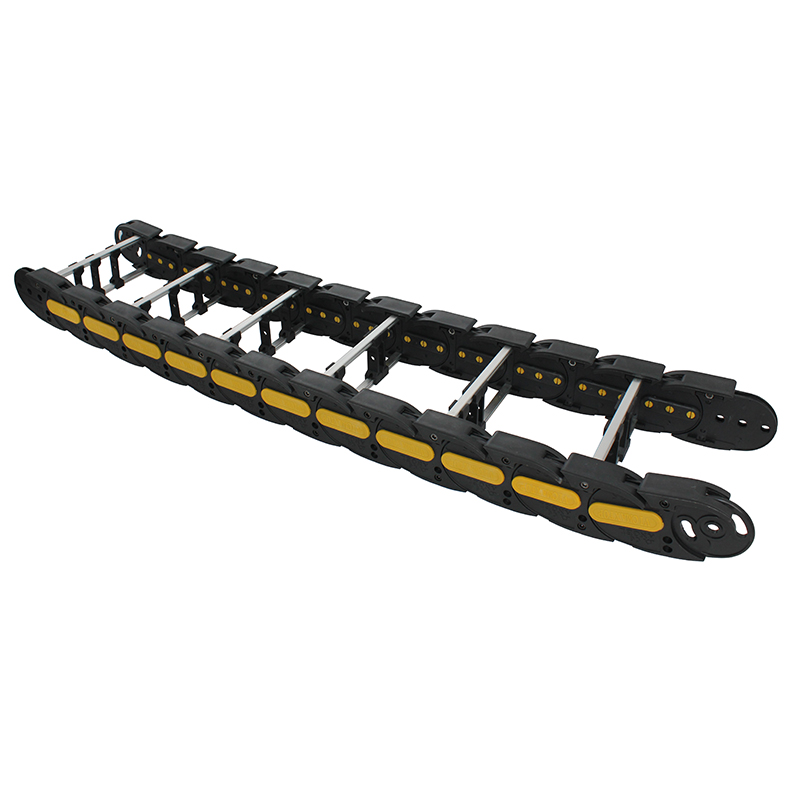Enclosed Cable Carrier Solutions for Efficient Cable Management
Understanding Enclosed Cable Carrier Systems
In modern industrial environments, the efficiency and safety of machinery are paramount. One integral component that contributes to operational effectiveness is the enclosed cable carrier, also known as drag chains or energy chains. These systems are essential for protecting and guiding electrical and data cables in dynamic applications where movement is constant and varied.
An enclosed cable carrier is designed to support a bundle of cables in a manner that minimizes wear and tear, prevents tangling, and promotes smooth movement. Unlike traditional open cable carriers, enclosed versions provide additional protection against environmental factors such as dust, dirt, and moisture, making them ideal for harsh operational settings like manufacturing plants, construction sites, and even outdoor installations.
One of the most significant advantages of enclosed cable carriers is their ability to accommodate multiple types of cables and hoses, including power cables, control cables, and pneumatic hoses. This versatility allows for a more streamlined design in machinery, reducing clutter and simplifying maintenance. The enclosed design also plays a critical role in minimizing the risk of cable damage, which can lead to equipment failure and costly downtime.
enclosed cable carrier

When selecting an enclosed cable carrier, several factors should be considered. These include the length of travel, the weight of the cables, speed of movement, and the surrounding environment. A suitable cable carrier must be able to handle the specified load while ensuring that it accommodates the full range of motion required by the application. Additionally, the material of the cable carrier is important, as it can impact its durability and suitability for different environments. Common materials include thermoplastics for lighter applications and metal for more heavy-duty requirements.
Installation and maintenance of enclosed cable carriers are also critical components to ensure longevity and reliability. Proper installation involves careful routing of the cables within the carrier to prevent excessive bending and strain. Many manufacturers provide guidelines and recommended practices for optimal cable management to extend the lifespan of both the carrier and the cables it protects. Regular inspection and maintenance routines can identify wear and tear before it leads to failure, allowing for proactive replacement of components.
In conclusion, enclosed cable carriers play a vital role in modern industrial applications by offering protection, organization, and flexibility for cable management. Their ability to maintain the integrity of cables in dynamic environments cannot be overstated. When selecting and maintaining enclosed cable carrier systems, careful consideration of the operational parameters and environmental conditions will ensure maximum efficiency and reliability. As industries continue to evolve, innovations in cable carrier design and materials will likely enhance their performance even further, solidifying their position as indispensable components in automated systems.








